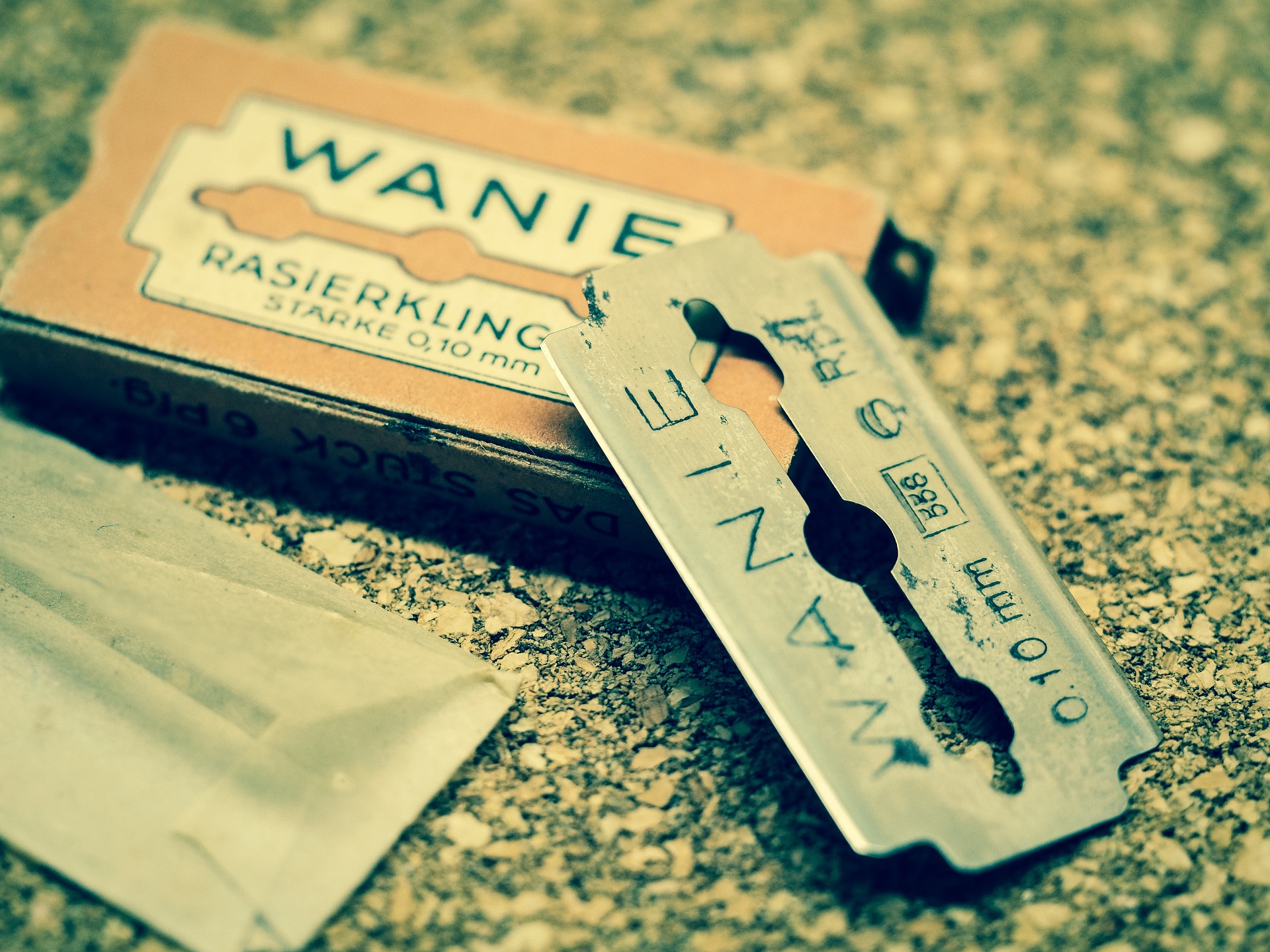Innovation Needs Explanation
My great grandfather said one of the stupidest things I’ve ever heard.
He was a farmer in Renmark, South Australia.
During the 1950’s, South Australia saw an influx in Italian migrants, who then opened their own businesses, such as restaurants.
Seeing this for the first time, he infamously declared:
“I don’t think I’ll like these Pie-zzas”
Every time I think about it it makes me smile.
Who doesn’t like pizza?
But that’s our natural response to things we don’t understand.
We presume that change will make our lives worse, not better.
And the description (a hot circle of dough, with tomato, cheese and basil) doesn’t convey the joy and satisfaction of a good authentic pizza.
The same thing happened to me.
When I was in Normandy, France, our hosts offered us a choice of desserts at a cafe:
We could have Nutella crepes, or a “gofre” – which they said was like a light, crumbly cake.
Easy decision – crepes won by a landslide.
But on our way back to the car, we saw a photo of this “gofre” – delicious Belgian waffles.
The description didn’t do them justice, my scepticism won out, and I was poorer for it.
I may be an idiot, but I’m not alone.
The fact is, anyone who’s selling a new creation needs to tell a compelling story – to convey why customers should overcome their hesitations and “do themselves a favour”.
There’s a great show on Netflix called Everyday Miracles, which explains the story behind how vital technologies were invented.
It’s a captivating documentary, which looks at various products we use every day.
These include foam rubber, disposable razors, reinforced concrete, synthetic fibres, plywood, bridges, bicycles and light bulbs.
What’s interesting is the long gap between a new discovery and it’s acceptance in the market.
Sometimes this is due to technology – maybe we couldn’t produce enough of something to distribute it far and wide.
But more often the issue is that we didn’t know how to pitch the benefits of the innovation, and therefore convince customers of why this is worth embracing.
This is the gap between What and So What?
People don’t care about innovation because they can’t process what it means.
They need a translation – a story they can tell themselves about what this does for me.
For example, the disposable razor doesn’t necessarily offer a superior shave, but instead it gave people time back into their day.
No more sharpening and cleaning blades means your morning routine is now shorter.
The invention of kerosene was similar – it offered people the chance to do more in the evenings – be that work, read or socialise whilst also staying safe.
As technology increases the pace of innovation, this challenge is more relevant than ever.
Many companies discover ways of improving products and services, but then fail to communicate that to their customer.
In fact, they’re starting from a position of disadvantage – their improvements initially sound a lot like drawbacks.
Do you remember the first time you heard about Airbnb?
What was your first impression?
The idea of paying to stay in someone else’s house is unappealing, until you realise the underlying benefits – like lower prices, convenient locations, human engagement and unique experiences.
What about Uber?
Jumping in a car with a stranger?
Again, this seems weird and confronting, until someone explains the impact of their technology; like how the ratings system forces drivers to be accountable for their behaviour, how the GPS keeps you safer than in a taxi, the arrival tracker means you know exactly how far away your ride is, or just paying lower fares in general.
Netflix and Spotify each sounded undesirable because of the lack of content ownership – we liked owning physical media which are guaranteed to work even when your internet is down.
With streaming, you don’t own anything, which seems uncomfortable.
That is, until someone explains the benefits of trying new shows without having to pay for them, binge watching an entire season of a new show in a weekend, receiving recommendations based on what you’ve liked so far, being able to access content from anywhere in the world, etc.
Each of these companies have huge benefits that aren’t immediately understood from their descriptions.
So much of the heavy lifting was done by the early adopters, who tried it for themselves and raved about the benefits, rather than the technology.
They told stories that were infectious:
“Hey, there’s a new thing called…it helps me to…and now I can…”
This is too valuable to leave to chance.
Companies and entrepreneurs need to help frame up these stories from the beginning, and reinforce them at every stage of the journey.
Apple did this with their first iPod, they crafted the story of 1,000 songs in your pocket.
Not the circuitry, not the battery life, not the screen resolution.
This is the difference between outputs and outcomes, and forms the basis of every good value proposition.
What would it be for your business?
How do your customers describe what made them take a risk on something new?
And how will you convey this explanation to the rest of the market?












